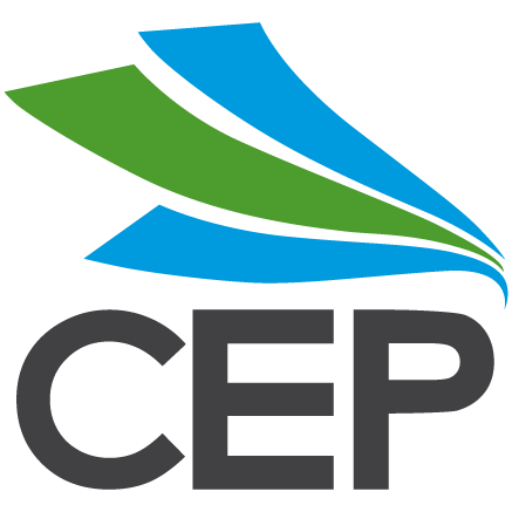Carbon credit integrity, a new solution for agricultural methane and learning from nature
In this issue:
New era for carbon credit integrity
The first tranche of carbon crediting programmes that meet the ICVCM’s (Integrity Council for the Voluntary Carbon Market) Core Carbon Principles has just been announced. The ACR, Climate Action Reserve (CAR) and Gold Standard programmes have been assessed as meeting the ICVCM’s standards for effective governance, transparency, tracking, validation, verification, quantification and sustainable development benefits and safeguards. The Chair of the ICVCM, Annette Nazareth, is one of the Keynote speakers at the CEP Conference 2024.
Renewable investment falling short
An investment shortfall of 50% will see us significantly overshoot the 1.5C target according to the latest REN21 Renewables Global Status Report. In 2023, global renewable power capacity reached 470 gigawatts, a 36% increase on the previous year but short of increasing demand and far short of what is required to keep to 1.5C. Investment hit US$600 billion (NZ$1 trillion), less than half the US$1.3 trillion (NZ$2.2 trn) required.
New solution for agricultural methane emissions
We’ll all be aware of digestion and biogas options to collect and reuse agricultural methane emissions but a California start up is claiming to be the first to develop a technique to use soil as a methane sink, using methane eating microbes to generate fertiliser from captured agricultural methane, thereby turning the methane from a waste product into a sustainable, sellable resource. The developers claim the process could contribute a 0.5C saving by 2050.
Small business getting on board but struggling
A survey by SME Climate Hub covering SMEs across 25 sectors and 44 countries tells us 44% of respondents indicated an increasing focus on reducing emissions over the last year. However, substantial barriers to action remain, the most highly cited being a lack of supporting government policies or incentives and lack of funds, both mentioned by 52% of respondents. A lack of data was cited by 39% and time constraints cited by 29%.
District heating on a grand scale
New Zealand has a relatively modest implementation of district heating schemes, especially given the geothermal resources we enjoy. Finland is the largest user of district heating in the EU and produced 37 terrawatt-hours of heating in 2023. The latest scheme, the Varanto Project, will be the largest cavern thermal system in the world comprising three caverns, each being 300m long, 40m high and 20m wide with a total volume of 1.1 million cubic metres. It will have a thermal energy capacity of 90GWh, equivalent to the storage capacity of 1.3 million EVs.
Nature knows best
A modest design tweak to wind turbine blades inspired by the Andean condor can result in a 10% increase in output, scientists from the University of Alberta have found. The modifications, a bit like winglets on aeroplanes, are an easy retrofit and increase output through reduced drag, rather than through any increase in swept area.



